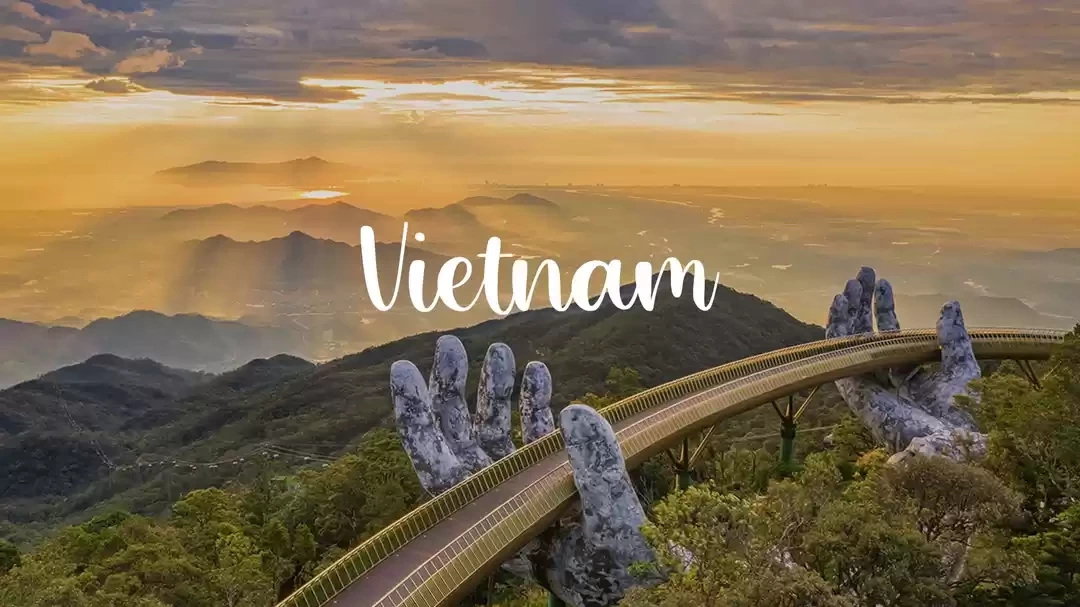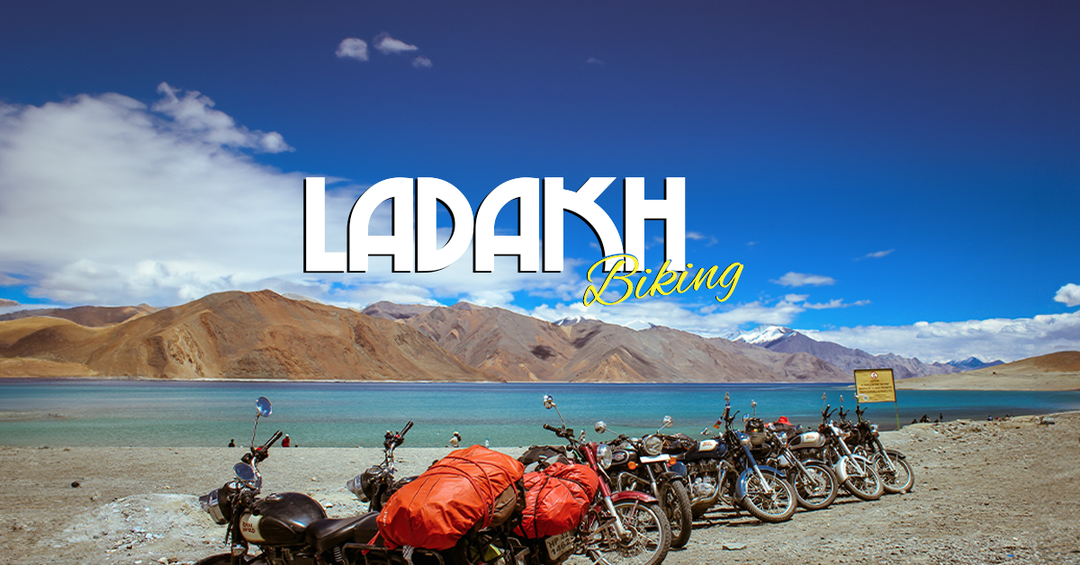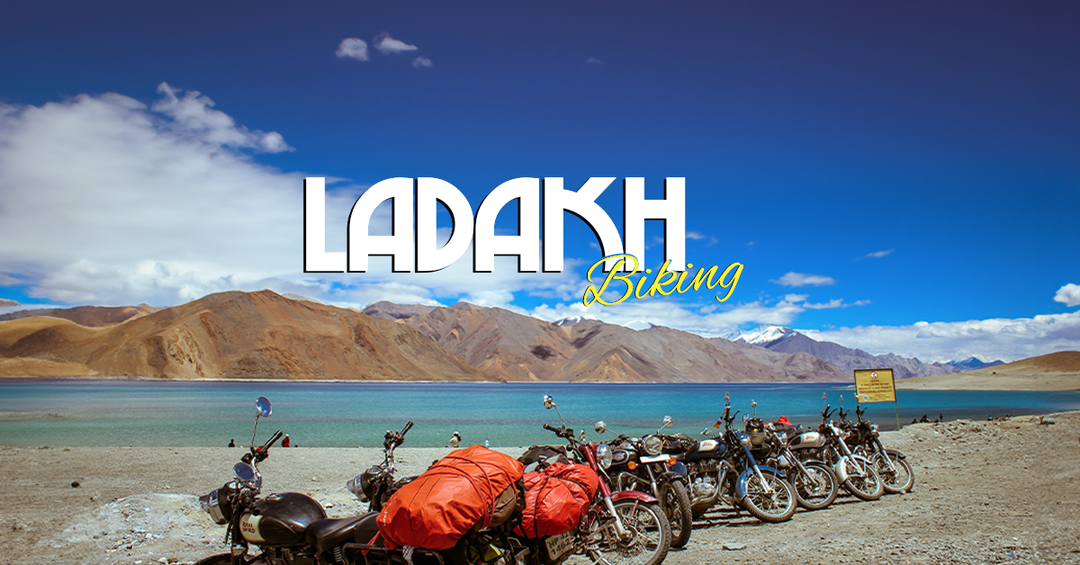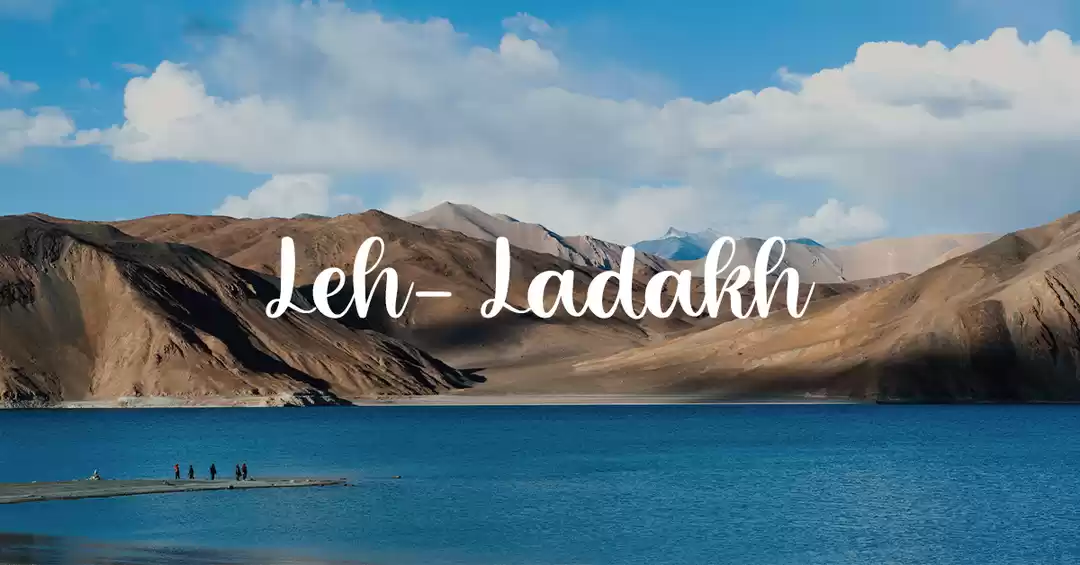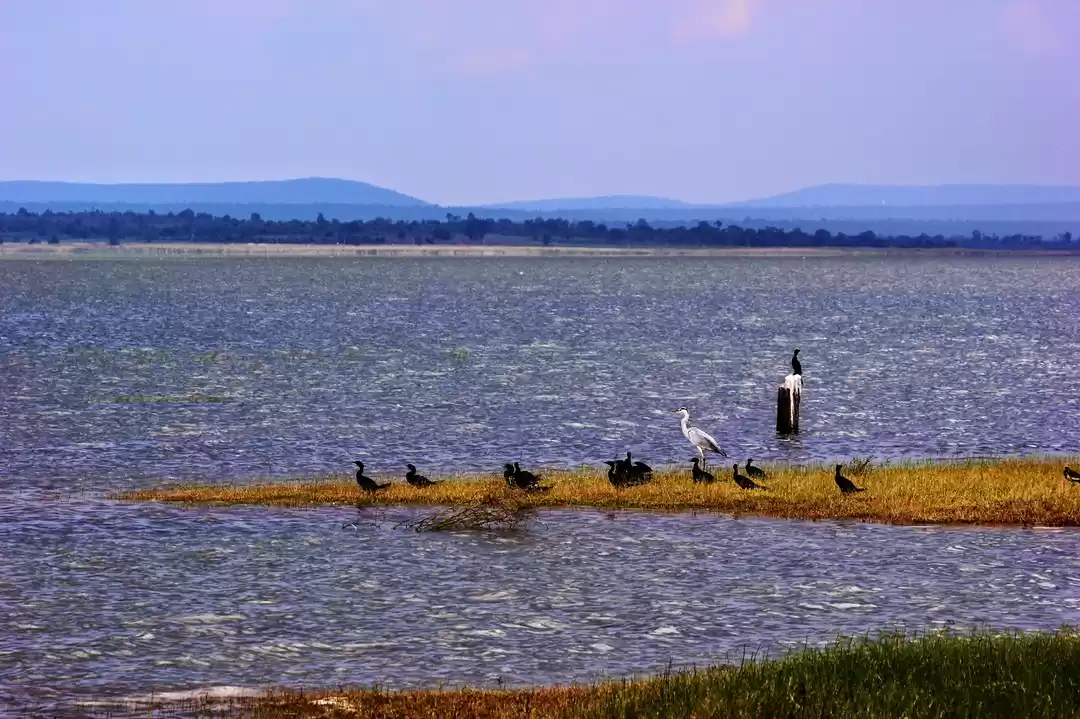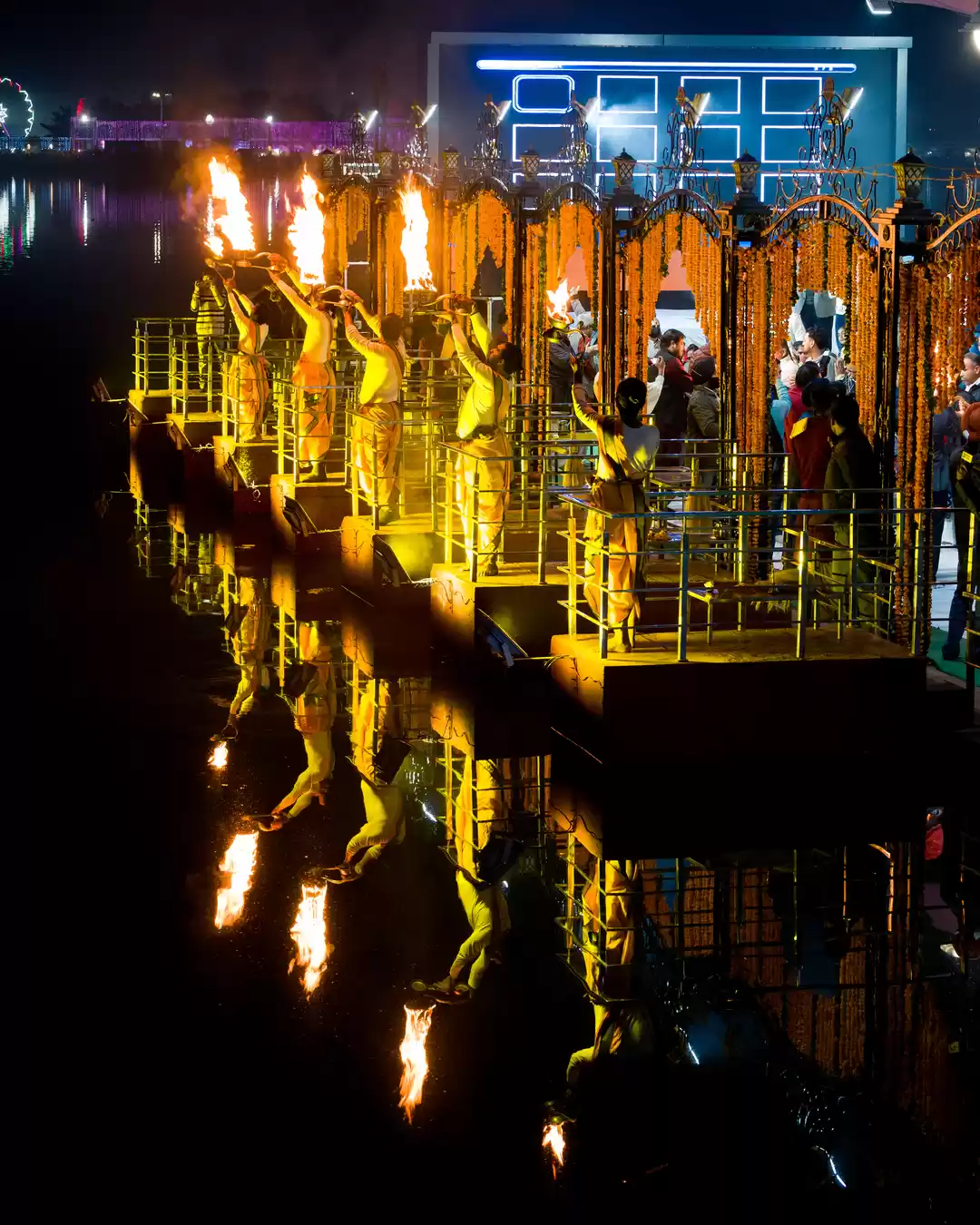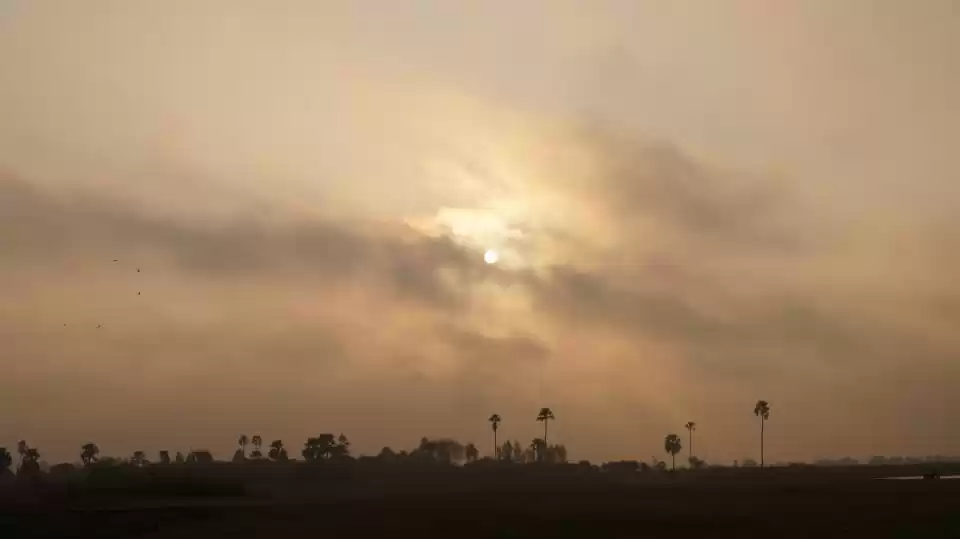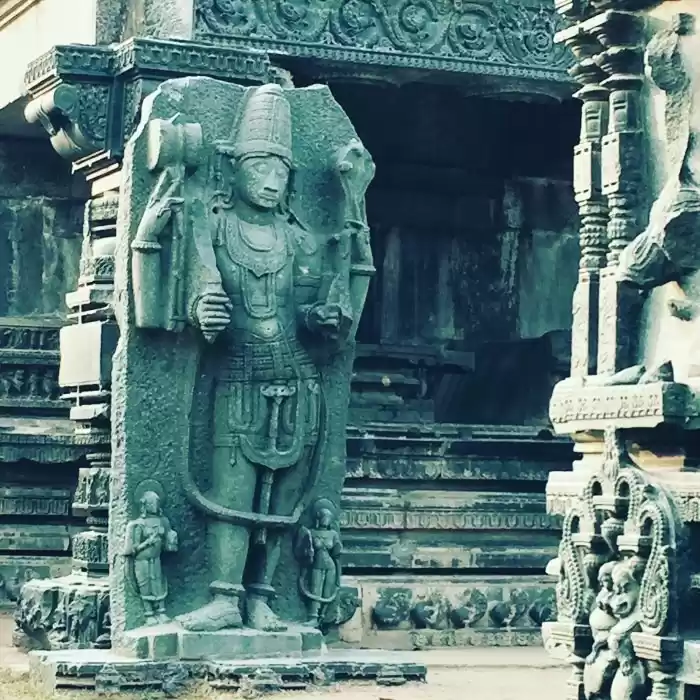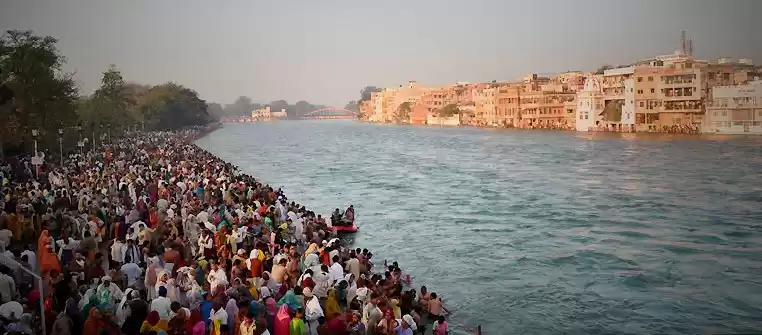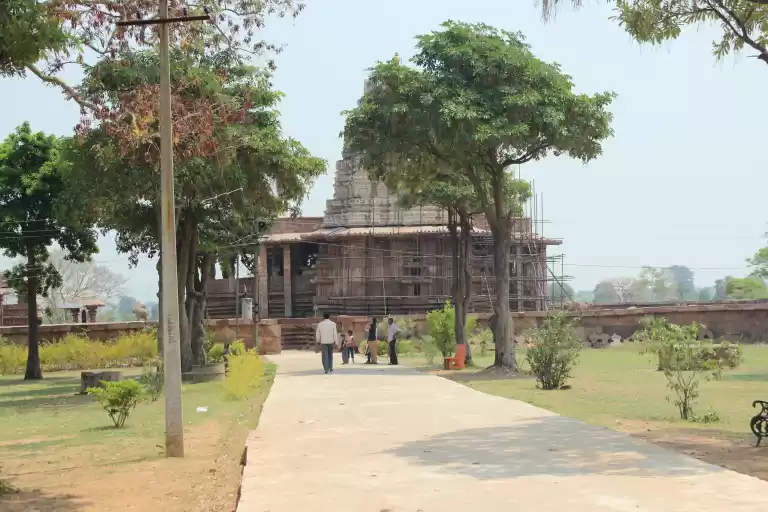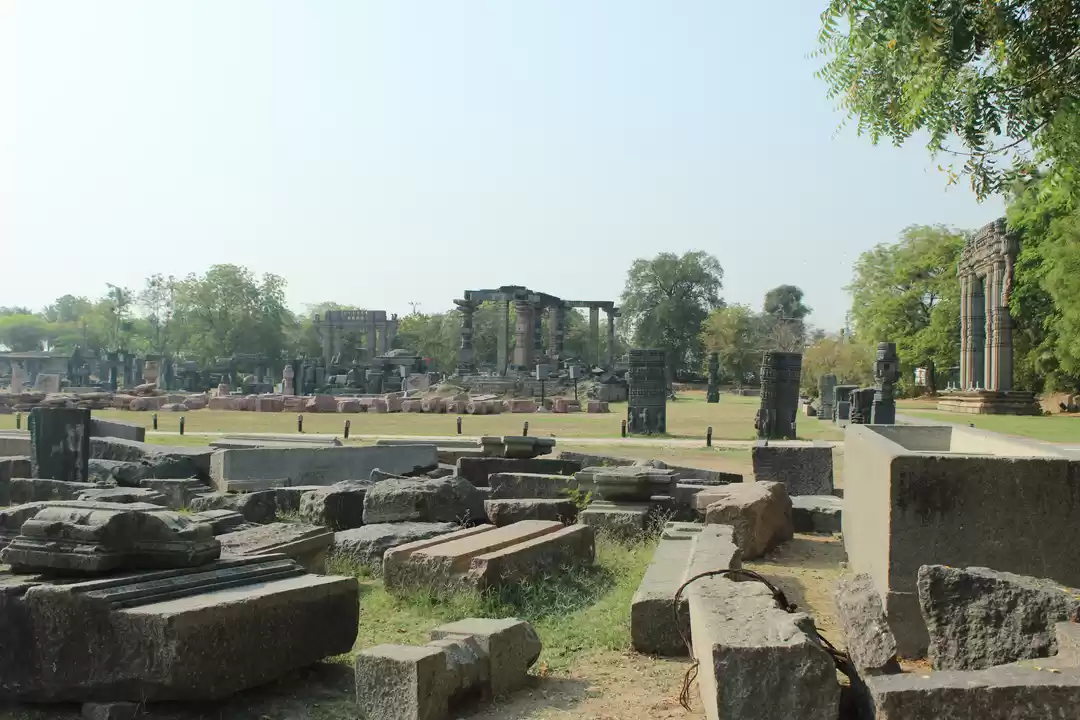Ninety miles to the east of Hyderabad in the riverless neighbourhood of granite hills and boulders; a lost world lives. As the train pulled to an almost deserted station with the blazing sun overhead, my initial experience is of any unpleasantness.
Warangal, or as the locals say Orugallu [Telugu] which means 'a single stone' is a barren, deserted-looking ghetto with the semi-arid [dry and dust-filled] landscape is not recommended for summer vacation. I have grown-up in Delhi where the temperature soars bizarre to +48-50 degrees and therefore, acclimatised to hot weathers but Warangal-the capital city of Kakatiyas, is insufferable of all. To add to the inconvenience, I find the locals are unfriendly with suspicious behaviour, speaks no other language but Telugu, and fewer or almost no food or tea-stalls on the way.
Inside an inebriated shanty with silicate roof, opposite the station, an old couple runs a makeshift hotel serving stale idlis [rice pancakes], watery sambhar, and cold tea. I decided not to have any instead, hired an auto-rickshaw to the ruins of Warangal fort, a mile or less from the station. The fort built with rock-cut stones with exquisite masonry work and exemplary Indian stone carvings belongs to Pratapa-Rudra, a twelve-century ruler and the founder of Kakatiyas.
The dynasty allegedly derives its title from the goddess Kakati, a form of goddess Durga, interestingly, having garuda as their royal insignia which inadvertently shows the growing influence of Vaishnavism-the cult of Bala Gopala engages in non-Vedic practices. The auto-rickshaw run past few mosques on Warangal- Narsampet Road and take a right-turn to Warangal Fort Road, the landscape changes with random ruins of temples and carved rock slabs across the road till you spot the southern walls of the fort; and then, a magical world revealed.
In contrast to the world of Warangalites living outside the fort, a huge Keerthi Thoran (Victory Gate) welcomes to the fort. It must be me, or my limited knowledge, but I find a resemblance of the gate to the one constructed by Ashoka in Sanchi. (I will write another blog on the gate, sometimes later) but, for now, it's the huge stone chariot that now fixated to the ground drives me crazy.
During the sunny vacations, the after-meal siesta was one of the best times for us-the children of eighties. Sleeping by her side and snuggling to her matronly smell; dear, old granny narrated me a thousand stories from Mahabharata, Ramayana, or Krishna Tales or Shiva's marriage. In her silky, toothless voice she would tell about how Queen of Chittor embraced the fire and Khalji returned home empty; how the horse of Rana Pratap and Hemu battled against the Moghul invaders-Babar and Akbar.
Then, as she falls asleep and the voice gets mere mumbling, I would sneak out silently to live my world of Alice. Swaying a twig upright like the sword of Attila, I would chase the imaginary invaders (almost hundreds in number) while galloping through the red oxidised stairs. I'm the king's best warrior who could slay a thousand opponents with a single whiff of the blade and die as a martyr in the battlefield; wounded and betrayed. We didn't have a Batman or a Thor or the Avenger stories, thence but horses, the chariots, the magnificent superheroes from fable tales. That's how the children of eighties have war games, unlike today.
My personal favourite was the story of Karna, one of the greatest warriors in Mahabharata and the nadir. Born to the unwed Kunti, mother of the Pandavas; Karna was brought-up by the childless family of a horse-keeper. The abandoned boy returns to play the second-fiddle to Duryodhana, the antagonist in the great epic story and never receives his due. As a committed friend, he remained loyal (till death) to Duryodhana who anoints him as the king of Anga-Desh (i.e., Champa in Bhagalpur district) one of the ancient mahajanpadas on the coast of Ganges and rival to Magadha after he being castigated and mocked by everyone in the kingdom.
In the battlefield of Kurukshetra, the upright man refused to abandon his foster-family and choose to become the son of Kunti, gave away his divine body armour (protector-shield), and sacrificed his life for his friend despite Krishna's all effort. The death of Karna, as poetically constructed in Mahabharata, is a moving story.
On the second-last day of the war, Kauravas marched to the battle under the leadership of Karna. Duryodhana requested, Shalya-the maternal uncle of two youngest Pandavas and the ruler of Madra (modern-day Sialkot, Pakistan) to be the charioteer. The king, however, felt insulted to drive a man born in low-caste and keep dissuading and insulting the commander. Exhausted, humiliated, and robbed-off all his weapons, protector-shield, Karna faced Arjuna (the protagonist) as a common-man with guts of steel. A fiery battle ensued between the two till one of the wheels of Karna' chariot stick to the ground, and remained unmoved.
The charioteer gloated with pride, refused to help Karna resulting in the great warrior to jump-off his carriage and struggle with the wheel as the unarmed soldier with an uncooperative driver tries to fix the punctured wheel shot to death with a tirade of arrows shot by Arjuna. The great warrior died a sordid death like his sorrow-filled life.
Karna, however, became one of the favourite characters of all-time and I always wonder how heavy could be the wheel of the chariot that Karna drove. Wasn't it like a modern-day car? He could pull the 'jack', disbanded the wheel and replace it with the Stepney, the spare-wheel? Poor me! I could have never realised or got a response to my random questions hasn't I been on the trip to Warangal-the kingdom of Kakatiyas.

In the ruinous forecourt of the fort, the stone chariot (now broken at the front) stands motionless. The carriage must have been, centuries ago, pulled by horses or oxen as Queen Rudramma -the first-ever, Hindu woman ruler drove it through the battlefield. The ball-shape pillared chariot made of plain blocks of black and salmon-pink sandstone now stands immobile with broken base and pillars of grey stone blocks. On the sides of the chariot, the artfully decorated wheels are [still] a masonry marvel, and I wonder how they put each part of the stone carriage to the lever and make it move. With the sun and some dust grains settled on my camera lenses, I still believe the photograph is one of the best that I ever shot, of a bygone time-ever.
[Travel tip: Warangal isn't a huge place but scattered with Hanamkonda and Kazipet on either side of the station it is recommended to book an auto for the day and travel around.]







